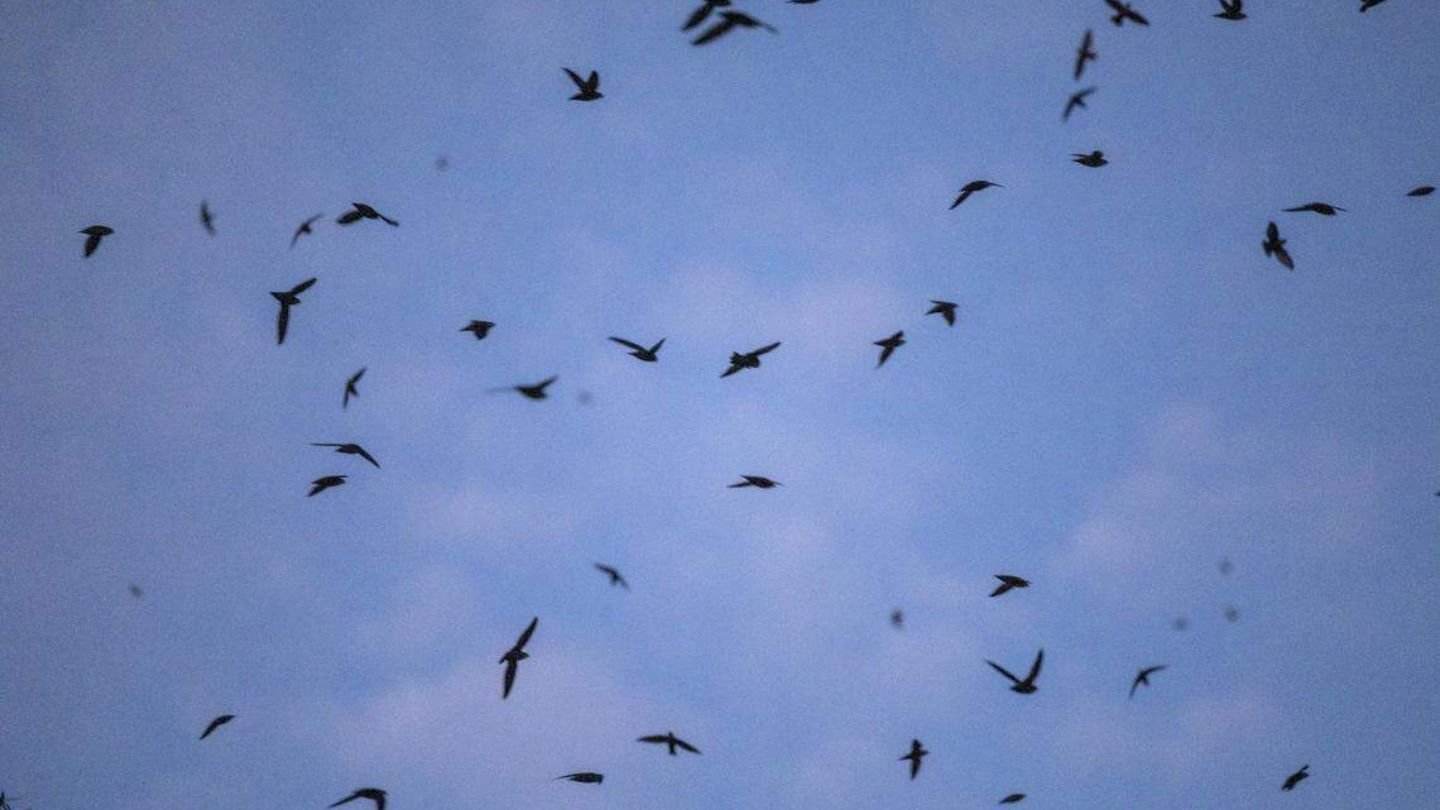Cool Weather Triggers Bird Migration Across North Carolina: What Species to Watch For
RALEIGH, N.C. – Cooler-than-usual weather is fueling a massive fall bird migration across North Carolina, with experts predicting millions of birds will cross the state in the coming weeks.
Why the Migration Is Happening Now
According to Curtis Smalling, executive director of Audubon North Carolina, fall migration usually runs from August through October, but timing is often tied to weather fronts. Cold fronts help push birds south, and this week’s lower temperatures created optimal flying conditions.
“The birds that are going to migrate take advantage of that,” Smalling told the News & Observer. “It’s a lot more energy efficient.”
How Many Birds Are Flying
Data from BirdCast, a migration tracking dashboard run by researchers at Cornell, Colorado State, and UMass Amherst, estimated that more than 600,000 birds crossed North Carolina in a single night last week.
In county-level estimates, Wake County saw 64,800 birds, Mecklenburg County had 52,600, and Johnston County led with over 71,000 crossings.
What Species You Might See
Residents should expect to see familiar backyard birds along with rarer migrants that breed in Canada’s boreal forests. Among the species likely to appear:
- Robins, warblers, wood thrushes, orioles
- Tanagers and sparrows, including the white-throated sparrow later in October
- Chimney swifts, which gather in large groups at night before heading south
September is typically the peak month for songbird migration in the Carolinas.
Climate Change Concerns
Experts caution that climate change is affecting migration patterns. Warmer winters or food shortages can disrupt timing and leave birds arriving too early or too late to access resources.
“If a bird is two weeks late, they might miss that super abundant food source,” Smalling explained. “That kind of messing up of the synchronization does appear to be an effect of climate change.”
How Residents Can Help Migrating Birds
Audubon North Carolina and local conservationists recommend several steps:
- Turn off exterior and interior lights at night, which disorient nocturnal migrants.
- Provide bird baths or feeders for food and hydration.
- Use native plants that attract natural food sources.
- Keep cats indoors and yards tidy to limit predators.
Even small actions can make a difference. As Smalling noted: “Even if you live on a third-floor condominium, putting out a pineapple sage in a pot will attract migrant hummingbirds, give them a meal on their way.”
Have you spotted unusual birds in your backyard this week? Share your sightings in the comments and join the conversation at SaludaStandard-Sentinel.com.







